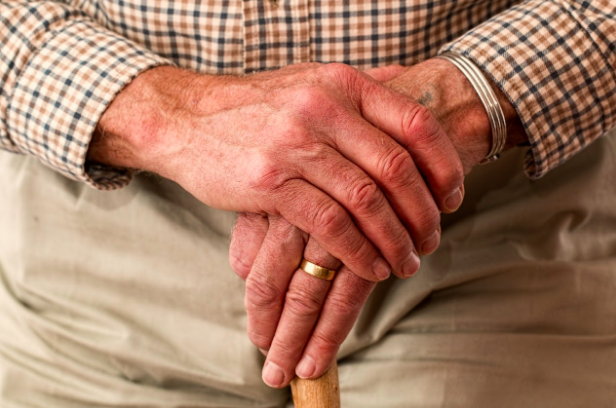Artificial intelligence is still in its infancy, but its widespread adoption demonstrates how transformative this technology already is. You’d be hard-pressed to find an industry that isn’t leveraging AI’s convenience, precision, and effectiveness with customers and organizational resilience in mind. The healthcare sector is one of these industries, and for good reason.
While AI was already a prominent fixture in healthcare, it’s become even more critical in response to the COVID-19 pandemic. Artificial intelligence supports the framework for telehealth’s success, it cuts medical costs, and, most importantly, it saves lives. This is particularly the case in its ability to revolutionize end-of-life care.
Preventative Care & Health Monitoring
For residents of SNFs, preventative care is necessary for a patient’s quality and duration of life. By integrating the use of wearable technology, nurses can more easily monitor the daily statuses of residents. AI can help analyze patient data and detect patterns that will warn nurses when residents require immediate medical attention, whether it’s in response to a potential fall, dropping blood pressure, or signs of an oncoming heart attack.
Artificial intelligence makes it possible for staff members to anticipate resident needs unlike ever before. Passive health monitoring also makes it easier for nurses to document important medical or behavioral information in a more timely, accurate manner, which will later be used to inform each resident’s unique treatment plan.
Fall Prevention
Seniors are more prone to fall-related injuries, so much so that an elderly patient receives emergency treatment for injuries sustained from a fall every eleven seconds. This makes fall prevention all the more important, especially within skilled nursing facilities where each resident is high-risk.
Predicting the likelihood and timing of a fall is not a simple matter, but AI can help staff members identify factors and conditions that can contribute to a fall, like tracking a resident’s walk speed, gait, and balance. If anything looks out of the ordinary, staff can intervene.
Over time, the use of automated technology can help nurses better anticipate falls and prevent unnecessary fall-related injuries. In cases where a fall cannot be prevented, AI can help notify staff of the incident to ensure the resident receives timely care and reduces the risk of prolonged discomfort, serious injury, and despair.
Staff Turnover
There are two pressing issues affecting skilled nursing facilities: a high volume of nursing home staff turnover and SNFs being severely short-staffed. With increased regulations and a high number of time-consuming tasks that keep them from working with residents, staff members are prone to burnout, anxiety, and professional dissatisfaction, an issue that has become heightened since COVID-19.
The integration of AI, however, can help streamline staff workflow and eliminate tedious paperwork and other time spent dedicated to menial tasks so that nurses have more time to engage with and care for their patients. It can also be used to make critical diagnoses and treatment decisions regarding patient care, which helps alleviate stress from overworked staff members. Additionally, with physical distancing guidelines still being enforced at many skilled nursing facilities, nurses can even use AI to send important messages to staff members and to the families of residents.
As the healthcare industry continues to mature under the influence of artificial intelligence, it spells out a better future for long-term care facilities. Implementing transformative technology is no longer a luxury, it’s a necessity for the well-being of both patients and staff members.





